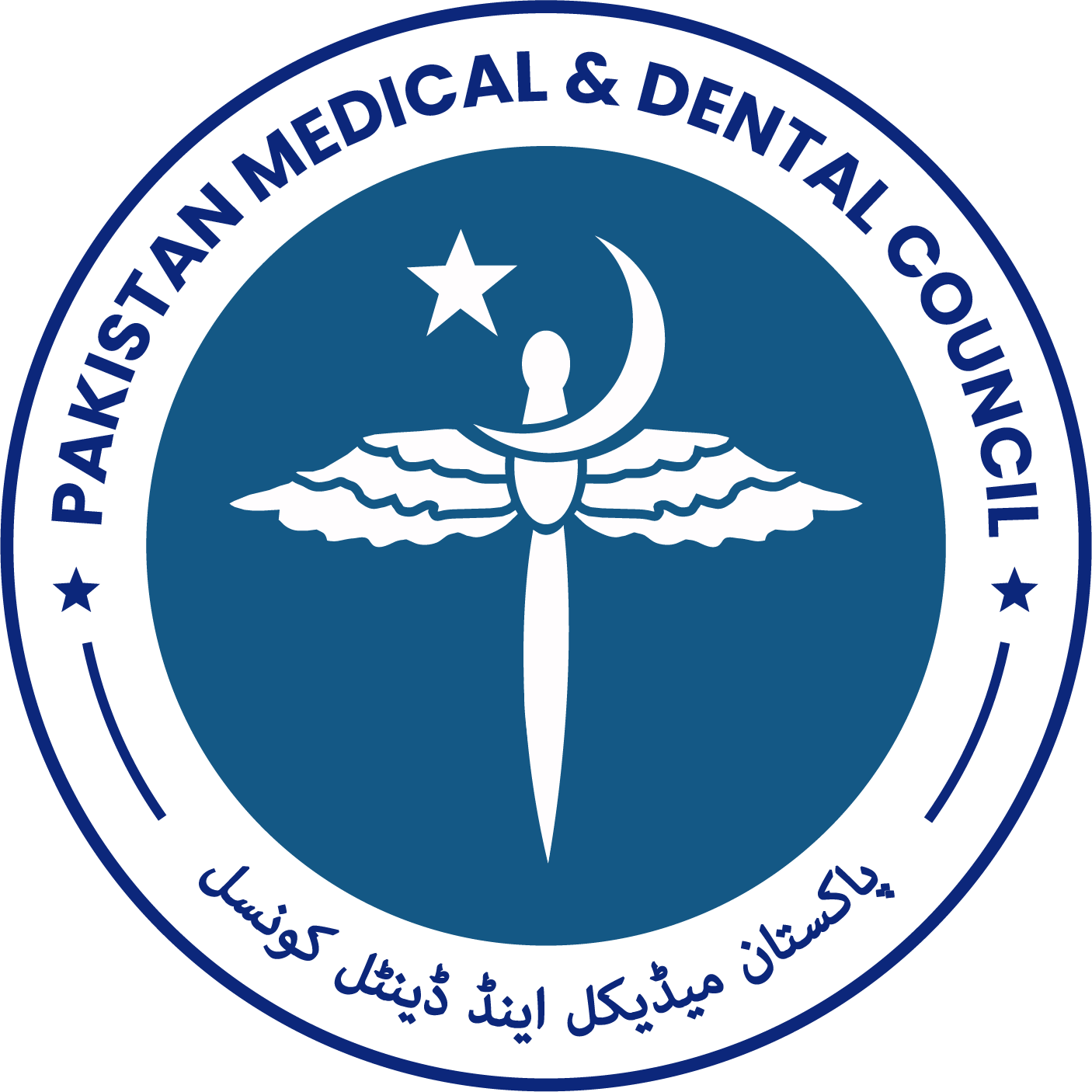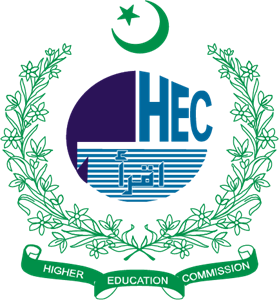Submissions
Submission Preparation Checklist
As part of the submission process, authors are required to check off their submission's compliance with all of the following items, and submissions may be returned to authors that do not adhere to these guidelines.-
The Conflicts of Interest Declaration & Author Undertaking Form (Download Here) has been completed and will be uploaded during submission. A scanned copy of the filled form should be uploaded.
- Approval of the project by ‘Institutional Research & Ethical Board’ - to be uploaded during submission.
- The submission has not been previously published, nor is it before another journal for consideration (or an explanation has been provided in Comments to the Editor).
- The submission file is in OpenOffice, Microsoft Word, or RTF document file format.
- Where available, URLs for the references have been provided.
- The text is single-spaced; uses a 12-point font and all illustrations, figures, and tables are placed within the text at the appropriate points, rather than at the end.
- The text adheres to the stylistic and bibliographic requirements outlined in the Author Guidelines.
- The authors can suggest reviewers in the cover letter. The cover letter should be uploaded as a supplementary file.
- Please add ORCID ID in your metadata.
Copyright Notice
![]() This work is licensed under a Creative Commons Attribution-NonCommercial 4.0 International License.
This work is licensed under a Creative Commons Attribution-NonCommercial 4.0 International License.
The AUTHORS retain the copyrights of their submitted manuscripts for all purposes. AUTHORS retains the rights of free downloading/unlimited e-print of full text and sharing/ disseminating the article without any restriction using Google Scholar, Academia.edu, ResearchGate, LinkedIn, Twitter, and any other professional or academic networking sites.
READER RIGHTS: JSHMDC offers free rights to all readers of all the articles immediately upon publication.
The readers are allowed to copy, download, read, distribute, and print the full texts of the articles published in JSHMDC or use published articles for any non-commercial, lawful purpose without asking prior permission from the publisher. The readers must give appropriate credit to the source of the material. Readers may not use the material for commercial purposes.
The work published by the Journal of Shalamar Medical & Dental College is licensed and distributed under the terms of Creative Commons Attribution-NonCommercial 4.0 International License.
Privacy Statement
Journal’s website is owned and operated by Shalamar Medical and Dental College, Lahore. JSHMDC is committed to ensure the trust and privacy with respect to the personal information collected from the authors and reviewers. The names and email addresses entered in this journal site will be used exclusively for the stated purposes of this journal and will not be made available for any other purpose or to any other party.















